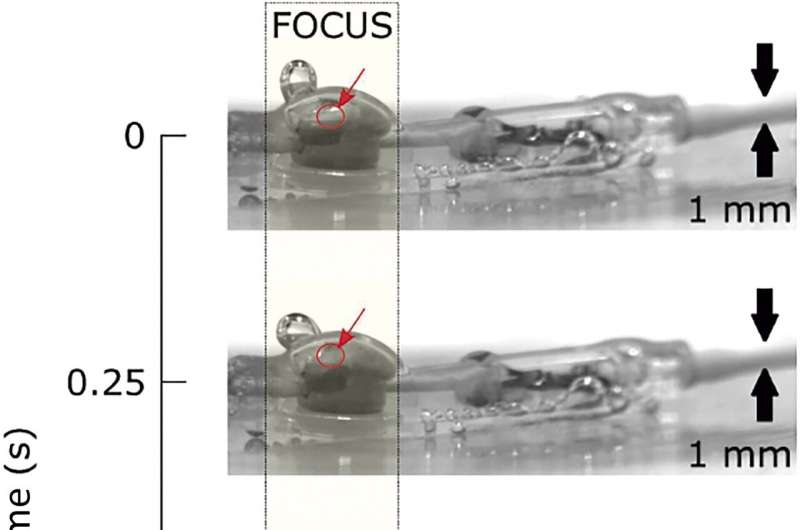Preventing catheter obstructions in patients with hydrocephaly

The early diagnosis and treatment of catheter obstructions in implanted shunts constitute a considerable medical challenge, given that there are currently no technologies or preventive protocols for preventing it. With time, the complication affects a considerable majority of patients with hydrocephalus with implanted shunts. It is estimated that there are approximately 6,000–10,000 individuals (adults and children) with hydrocephalus in Andalusia alone.
The experiments, conducted within a European project known as FUSCLEAN, demonstrated the technology and showed that concentrating ultrasound waves emitted from outside the body can, in a controlled manner, detach materials from the inside of shunts implanted in the brains of patients with hydrocephalus. The FUSCLEAN technology enables preventive cleaning of the catheters and valves without affecting the brain or other areas of the body.
The study has recently been published in the journal Operative Neurosurgery. The concept and technology were designed and developed by Emilio Gómez, professor of Applied Physics of the Superior Technical School of Engineering of the University of Seville, in collaboration with Javier Márquez, neurosurgeon of the Department of Neurosurgery of University Hospital Virgen del Rocío and the Biomedical Institute of Seville (IBIS) and associate professor at University of Seville.
This research includes numerical 3D simulations, experiments with actual catheters and valves in mannequins and laboratory models.
A technology for a relevant disease
Hydrocephalus is a highly relevant neurological disease. If untreated, the disease is fatal. In most cases (80%), the treatment consists of implanting a system of cerebrospinal fluid shunts (using a catheter and a valve) towards a distal cavity (typically, the peritoneum). However, complications are common and difficult to anticipate. The most common are obstructions of the flow through the implanted catheters and valves and require immediate neurosurgical treatment due to the risk of severe neurological damage and even death. These complications have a deep social impact on the patients' quality of life, their families, and caregivers and have a high financial cost.
FUSCLEAN technology will allow for the development of personalized preventive treatment, according to the individuals' conditions and their shunt, which could be scheduled within the patients' periodic check-ups.
More information: Emilio Gomez-Gonzalez et al, Contactless Ultrasonic Cavitation for the Prevention of Shunt Obstruction in Hydrocephalus: A Proof-of-Concept Study, Operative Neurosurgery (2022). DOI: 10.1227/ons.0000000000000372. journals.lww.com/onsonline/Ful … ion_for_the.379.aspx

















